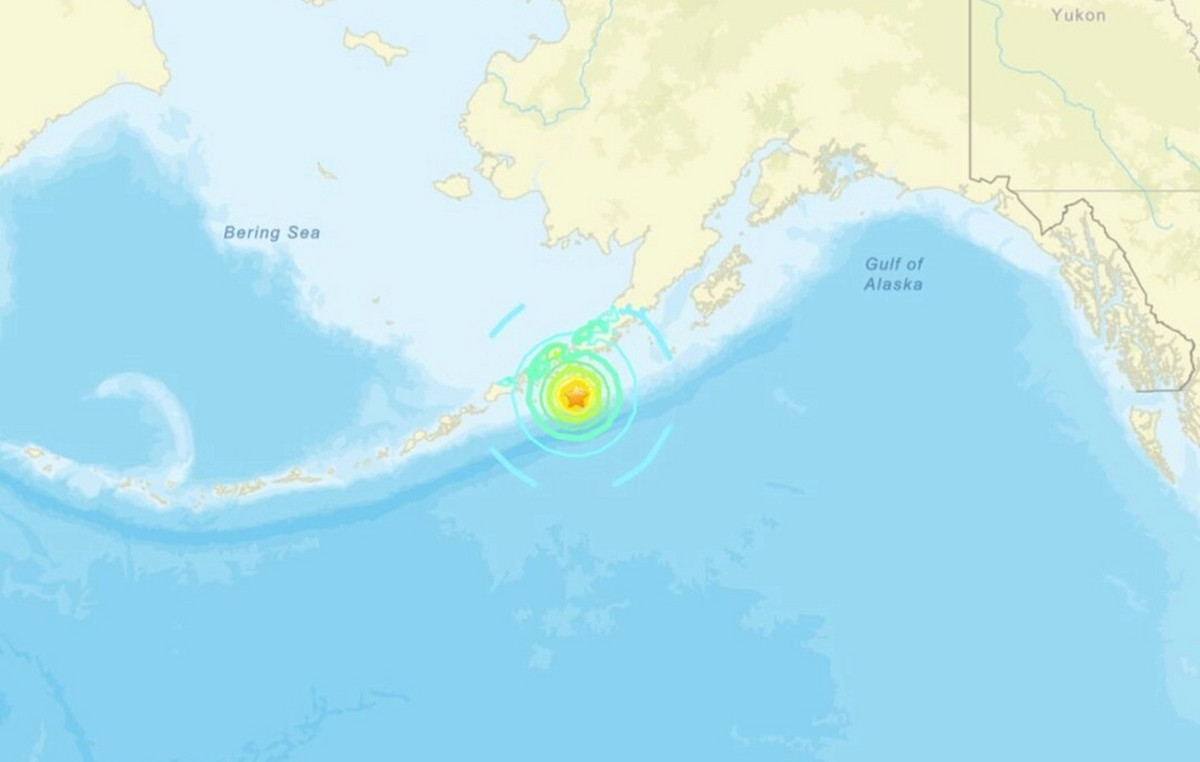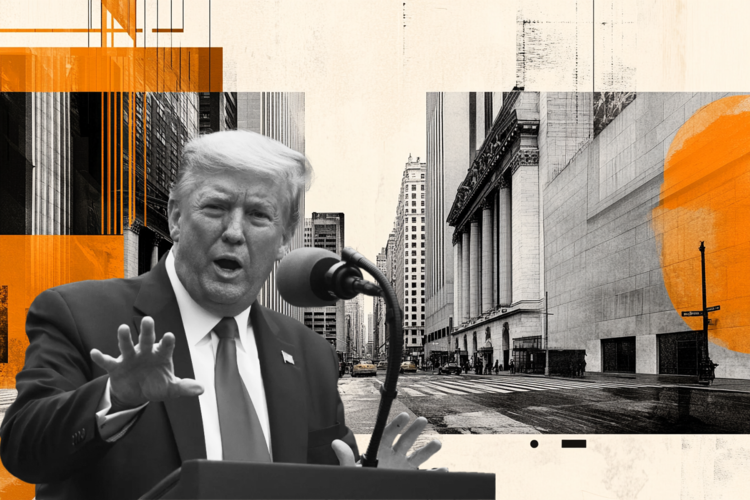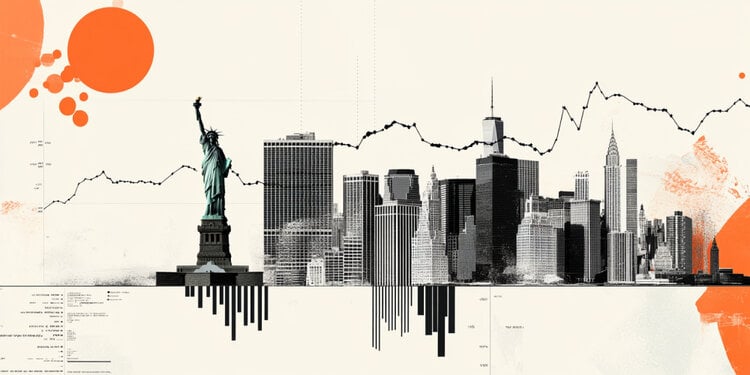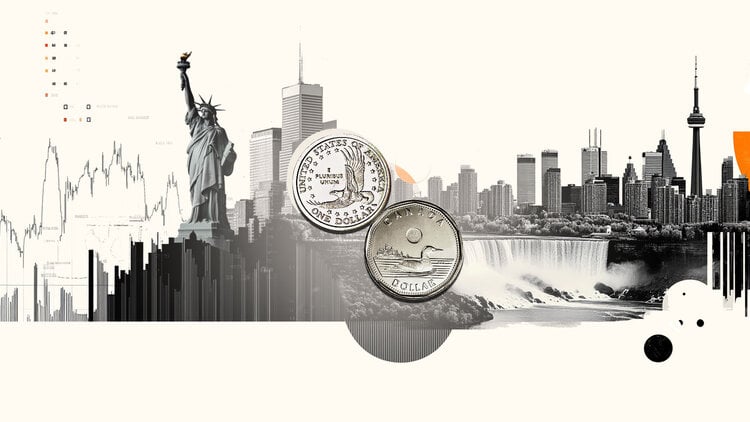LAST UPDATE: 17:56
Under the heavy shadow of inflation, which continues to gallop out of control in the US, the US market moves on Wednesday, as investors, analysts and economists estimate that its climb to new near 41-year highs will prompt the Federal Reserve to move even more aggressively in terms of raising interest rates, curbing economic activity and increasing the risk of recession.
As announced, the Consumer Price Index ran at a blistering 9.1% in June, far outstripping economists’ forecasts that the index would accelerate, albeit at a significantly softer rate, to 8.8%, largely due to the jump of energy prices.
However, structural inflation, which excludes volatile food and energy prices, also recorded a strong “jump”, climbing to 5.9%, against estimates that it will fluctuate at 5.5%.
On a monthly basis, the CPI showed an increase of 1.3% compared to May, while the structural CPI strengthened by 0.7%, against estimates for an increase of 1.1% and 0.5% respectively.
The ongoing inflationary “tsunami” naturally heightened expectations that the Federal Reserve will pursue monetary tightening even more aggressively, with the aim of curbing economic activity and bringing price rises under control, which combined with the other “headwinds” – such as new restrictions in China to deal with the pandemic and the war in Ukraine – bring closer the possibility that the US economy will enter a recession.
In fact, following the release of the inflation data, bets have picked up that the Fed will go ahead with another big rate hike at its meeting later this month, by 1% this time after the increase by 0.75% which he decided in June. Specifically, the odds of a 100 basis point increase jumped to 42% today, up from just 7.6% on Tuesday.
Fed policymakers have also made clear their intention to raise interest rates by the end of the year to a level that will begin to dampen economic activity (around 3.5%) and maintain their aggressive approach to tightening monetary policy until inflation is seen to be easing towards the 2% target.
The Biden administration, whose popularity has plummeted amid rampant inflation, had warned earlier this week that the June reading would be “extremely elevated” but sought to downplay it in advance, saying the data covered a period before the sharp drop in energy prices.
Meanwhile, the International Monetary Fund also warned yesterday that rising inflation poses “systemic risks” to the US economy.
“Further rise in US consumer prices will certainly give fresh impetus to the Fed hawks today, pushing the US dollar higher and stocks lower,” Ipek Ozkardeskaya, senior analyst at Swissquote Bank, said in a note, adding to fears that the strong dollar will also hurt corporate profits.
In this context, investors are waiting for the first indications in the coming days, as the second quarter results announcement period begins, with the major banks announcing their figures on Thursday and Friday, to see how inflation has affected corporate profitability. quarter but also what American businesses expect for the entire year.
Indicators – Statistics
On the board, after the initial shock that led to a plunge of more than 1%, the indexes have pared their losses, with the tech Nasdaq even struggling for the positive sign.
In particular, the Dow Jones index has limited the initial decline of more than 1% and is now losing 195 points or 0.63%, moving to 30,786.36 points, as well as the broader S&P 500 which from -1% is now retreating 0.36 % at 3,805.87 units. The tech Nasdaq, as mentioned above, managed to erase initial losses of more than 1% that it also recorded and is up slightly by 0.11% to 11,276.90 points.
Yesterday, despite intra-session efforts to react, the index of blue chips fell by 0.62%, the S&P 500 lost 0.9% as well as the technology index which recorded a similar decline. It is worth noting that only in the last three trading days, the S&P 500 recorded losses of 2.1%.
Of the 30 stocks in the blue chip index, only Procter & Gamble is up a modest 0.12%, while all others are in the red with losses ranging from 0.10% (Merck) to more than 2%, with Salesforce ( -2.25%), JPMorgan (-2.03%) and Walt Disney (-1.88%) weigh more heavily on the Dow Jones.
In individual stocks, Twitter jumped more than 7% after the company filed a lawsuit against Elon Musk seeking to force the billionaire to complete a takeover bid for the social networking site.
Source: Capital
I am Sophia william, author of World Stock Market. I have a degree in journalism from the University of Missouri and I have worked as a reporter for several news websites. I have a passion for writing and informing people about the latest news and events happening in the world. I strive to be accurate and unbiased in my reporting, and I hope to provide readers with valuable information that they can use to make informed decisions.







